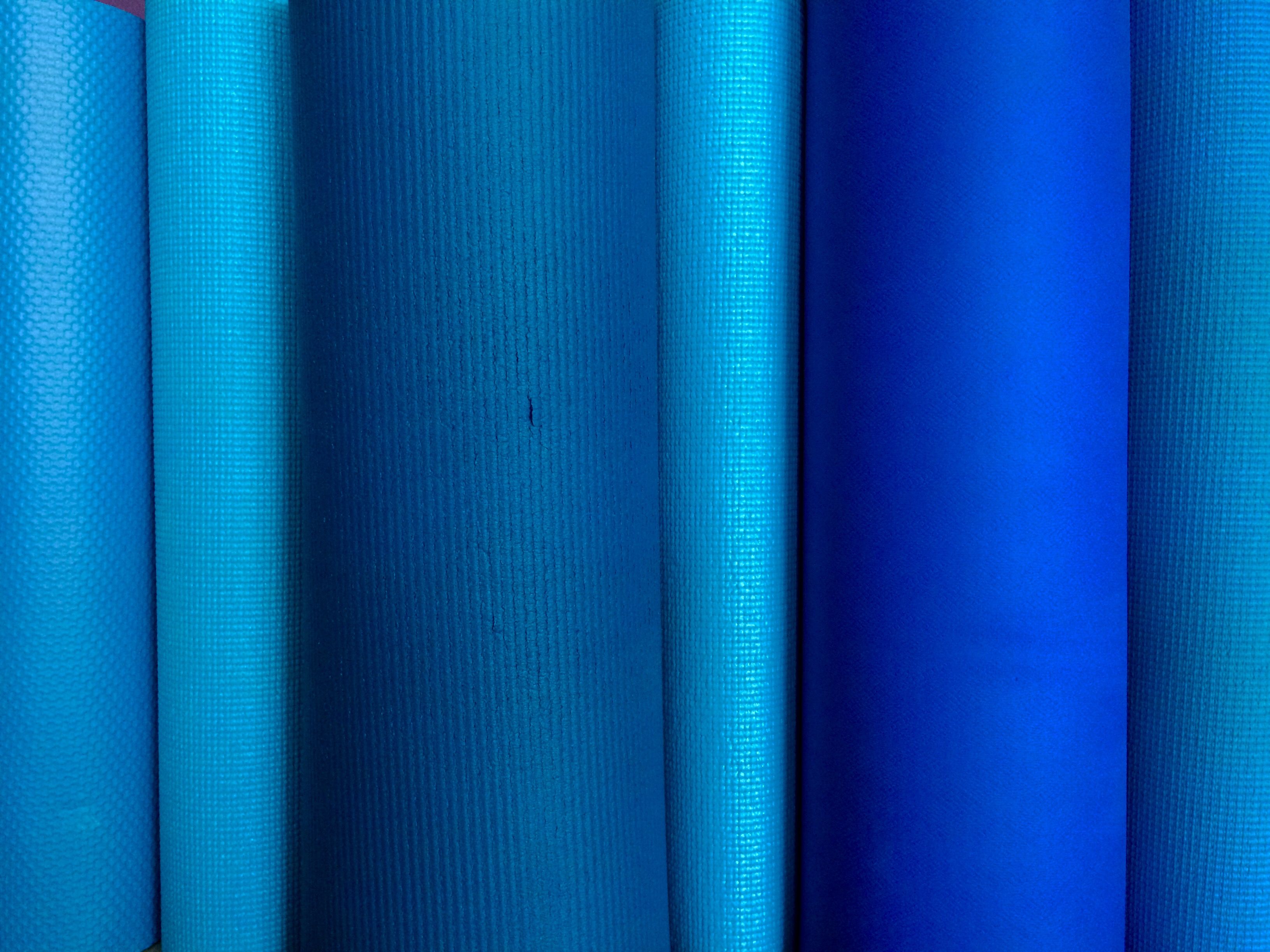When it comes to wedding planning, floral arrangements play a pivotal role in establishing the overall ambiance of the event. Among the myriad of choices available, blue wedding flowers stand out for their serene elegance and captivating charm. Blue, often associated with tranquility and fidelity, makes a stunning statement in bridal bouquets. This article will delve into the various types of blue wedding flowers, their meanings, complementary color palettes, and tips for creating an exquisite bridal bouquet.
Symbolism of Blue Flowers
Blue flowers evoke a sense of calmness and peace. They are often viewed as symbols of loyalty and trust, making them particularly suitable for weddings, where these virtues play a crucial role. The calming effect of blue can also help ease pre-wedding jitters, offering a touch of serenity in the midst of the planning chaos.
Varieties of Blue Wedding Flowers
Several blue flowers can be incorporated into bridal bouquets, each with its unique character and elegance. Here are some of the most popular blue wedding flowers:
- Delphinium: With its tall spires and striking hues, delphiniums are a favorite among florists. They add height to bouquets and can be found in shades ranging from powder blue to deep indigo. Delphiniums symbolize an open heart and a desire for beauty.
- Hydrangea: Known for their lush, rounded blooms, hydrangeas can serve as a soft base in any bouquet. Their color can vary from a pastel blue to a richer, more vibrant teal. Symbolically, they represent heartfelt emotions, making them a meaningful choice for a wedding.
- Blue Iris: The regal blue iris is a stunning addition to any bridal bouquet. With its intricate petals and striking form, it brings an air of sophistication. Traditionally, irises symbolize hope and faith, resonating with the promises made during the wedding ceremony.
- Forget-Me-Not: As the name suggests, forget-me-nots are poignant symbols of true love and remembrance. Their small, delicate flowers are perfect for adding a touch of whimsical charm to a bouquet.
- Blue Larkspur: Similar to delphiniums, larkspur adds a fairy-tale touch with its tall, slender stems and captivating blooms. Often used in combination with other flowers, it signifies love and lightness.
- Blue Bachelor’s Button: These lively, daisy-like flowers offer a pop of vibrant blue. They are both affordable and easy to incorporate. They symbolize romantic love and delicacy, making them a fitting choice for weddings.
Complementary Colors
When designing a bridal bouquet with blue flowers, it is essential to consider colors that complement blue effectively. Various tones can either enhance the blue or provide a stark contrast, thus creating an exquisite visual harmony.
- White: Classic and timeless, white flowers paired with blue create an ethereal, dreamy bouquet. White roses or peonies can add softness and elegance to the starkness of blue flowers.
- Green: The lush greenery acts as a natural backdrop, enhancing the purity of the blue tones. Incorporating foliage such as eucalyptus or ferns can lend a fresh, organic feel to the bouquet.
- Pink: Shades of soft blush and pastel pink can provide a romantic contrast, creating an inviting warmth alongside the coolness of blue. This combination can evoke feelings of joy and celebration.
- Purple: Combining blue flowers with shades of purple, such as lavender or violet, can create an ombre effect, rich in depth and color. These hues evoke a sense of mystery and romance.
- Silver: Incorporating silver accents, such as ribbons or metallic foliage, can elevate the bouquet’s elegance and add a touch of glamour, perfectly suiting modern weddings.
Designing the Perfect Bouquet
Crafting a bridal bouquet requires an understanding of structure and balance. Here are some tips for arranging blue wedding flowers in a way that highlights their beauty:
- Start with a Base: Use larger blooms, such as hydrangeas or peonies, to form the base of the bouquet. This foundation will provide structure and support for the other flowers.
- Layering Technique: Introduce taller flowers, like delphiniums or larkspur, to create vertical interest. Ensure these flowers are evenly distributed throughout the arrangement for balance.
- Incorporate Focal Points: Use standout blooms, such as blue irises or bachelor’s buttons, as focal points. Position these strategically to draw the eye and add variety to the shape.
- Add Texture: For visual intrigue, include elements that offer texture and depth. This can be achieved by interspersing delicate blooms with lush foliage or sprigs of herbs.
- Finishing Touches: Wrap the stems in luxurious ribbon or lace that complements the overall color scheme. This detail adds a personal touch and can be coordinated with the wedding dress.
Inspiration for Unique Bouquets
For those seeking creative flair, there are numerous innovative ways to customize blue bridal bouquets. Consider adding unexpected elements such as:
- Jewelry Accents: Incorporate brooches or heirlooms into the bouquet for an added layer of personal significance.
- Blue Toning: Explore blue-tinted foliage or even dyed flowers to create an avant-garde look.
- Seasonal Flowers: Align the bouquet with seasonal blooms to enhance freshness and reduce costs while keeping the aesthetic harmonious.
- Combinations with Dried Elements: Dried flowers or grasses can add an organic and rustic aesthetic, juxtaposing the vibrancy of fresh blue flowers.
In conclusion, blue wedding flowers offer an elegant and sophisticated choice for brides seeking to incorporate serene color into their floral arrangements. The unique symbolism associated with these blooms, combined with their innate beauty, fosters a timeless appeal. By exploring different types of blue flowers, complementing color palettes, and expert tips for bouquet design, brides can craft exquisite, memorable arrangements that embody their personal style and the significance of their special day.

